- 1 1. Understanding What a Prompt Is
- 2 2. Why Prompts Matter More Than Settings
- 3 3. Be Specific, Yet Balanced
- 4 4. Learn the Power of Parameters
- 5 5. Study Real Prompt Examples
- 6 6. Use Visual and Artistic Language
- 7 7. Practice Weighting and Structure
- 8 8. Iterate and Refine Constantly
- 9 9. Avoid Common Prompting Mistakes
- 10 10. Bonus: Creative Prompt Cheat Sheet
- 11 11. Recommended External Resources
- 12 12. Conclusion
rtificial intelligence is revolutionizing creativity, and MidJourney has become one of the most powerful tools for generating breathtaking digital images. But here’s the truth: the magic lies not in the software, but in the words you type.
In this MidJourney Prompt Guide, we’ll dive deep into the art of crafting the perfect prompts — the short commands that tell MidJourney exactly what to visualize. Whether you’re a beginner or an experienced AI artist, mastering prompt writing can elevate your work from random outputs to professional-grade masterpieces.
By the end of this guide, you’ll not only understand how to write MidJourney prompts, but you’ll also learn effective MidJourney prompt techniques, discover the best words for MidJourney prompts, and explore practical MidJourney prompt examples that truly inspire.
In this MidJourney Prompt Guide, you’ll learn to craft precise prompts that boost AI creativity. For a broader creative workflow, discover how to turn your still images into engaging videos with Vidnoz AI.
1. Understanding What a Prompt Is
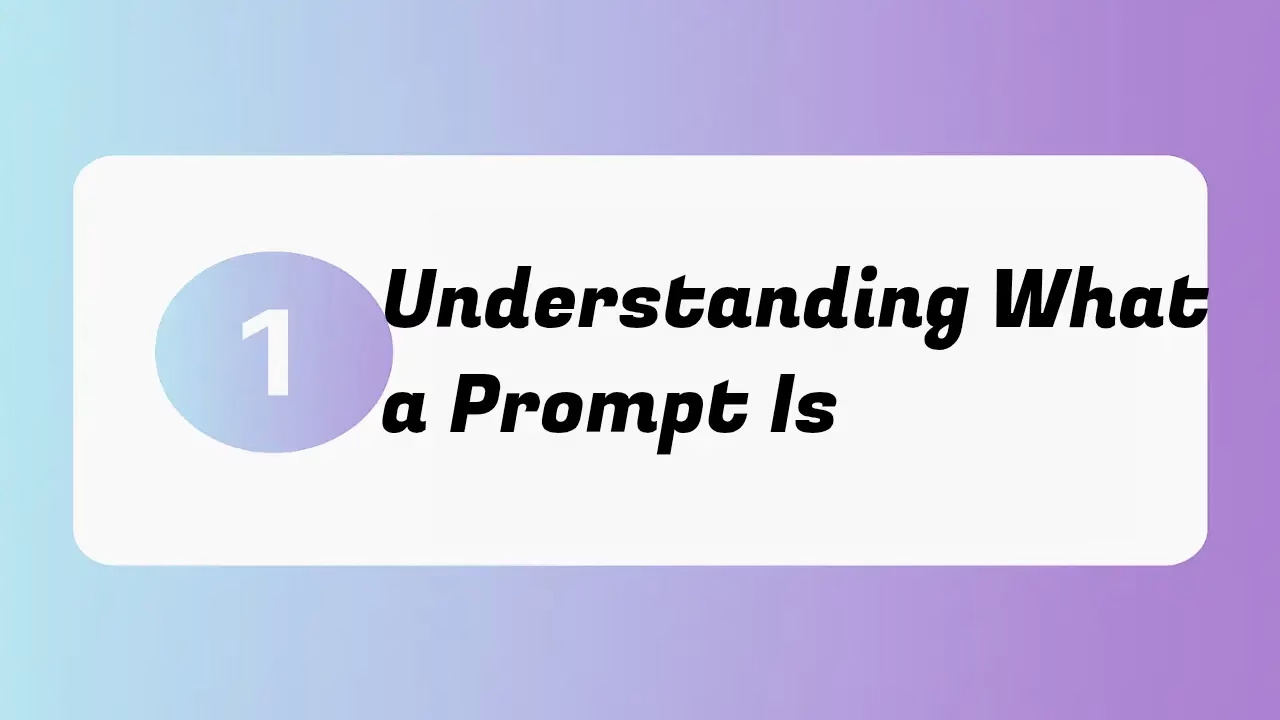
Before you can master prompts, you need to understand what they are. A prompt in MidJourney is a combination of descriptive words and optional parameters that guide the AI’s creative process.
Every time you type a sentence like:
“A cyberpunk city skyline at night, cinematic lighting, ultra-realistic, –ar 16:9”
…you are communicating directly with the model. The structure of your text determines how the final image looks — its style, lighting, color, and composition.
A good MidJourney Prompt Guide teaches that prompts are a language. Learning this language will make the AI your creative partner instead of a guessing machine.
2. Why Prompts Matter More Than Settings
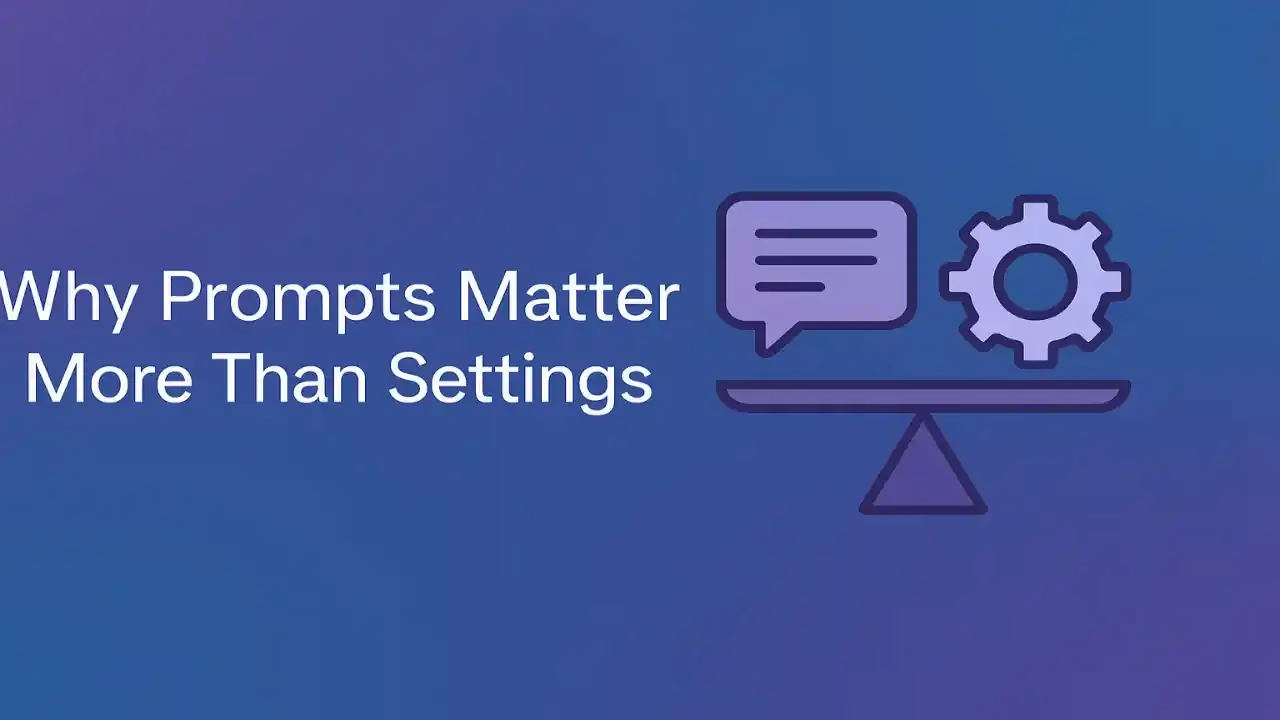
Many users focus on settings, but the real art lies in description.
When you learn how to write MidJourney prompts clearly and precisely, you gain control over the AI’s imagination.
Compare these two commands:
- ❌ “A mountain” — too vague, no mood or focus.
- ✅ “Snow-covered mountain under pink dawn light, cinematic realism, Nikon lens” — the AI instantly understands tone, lighting, and atmosphere.
That difference defines effective MidJourney prompt techniques. The clearer and more detailed your vision, the closer the result matches your expectations.
3. Be Specific, Yet Balanced

One of the most repeated lessons in every MidJourney Prompt Guide is balance.
Too few details lead to generic results, but overloading the prompt with twenty adjectives will confuse the AI.
Here’s a solid formula used by expert prompt engineers:
Subject + Medium + Style + Lighting + Mood + Parameters
Example:
“Ancient temple in the jungle, oil painting style, golden hour lighting, mysterious mood, –ar 16:9”
This structure demonstrates how to write MidJourney prompts that are descriptive but still clean and effective. The goal is to inspire the model, not overwhelm it.
4. Learn the Power of Parameters
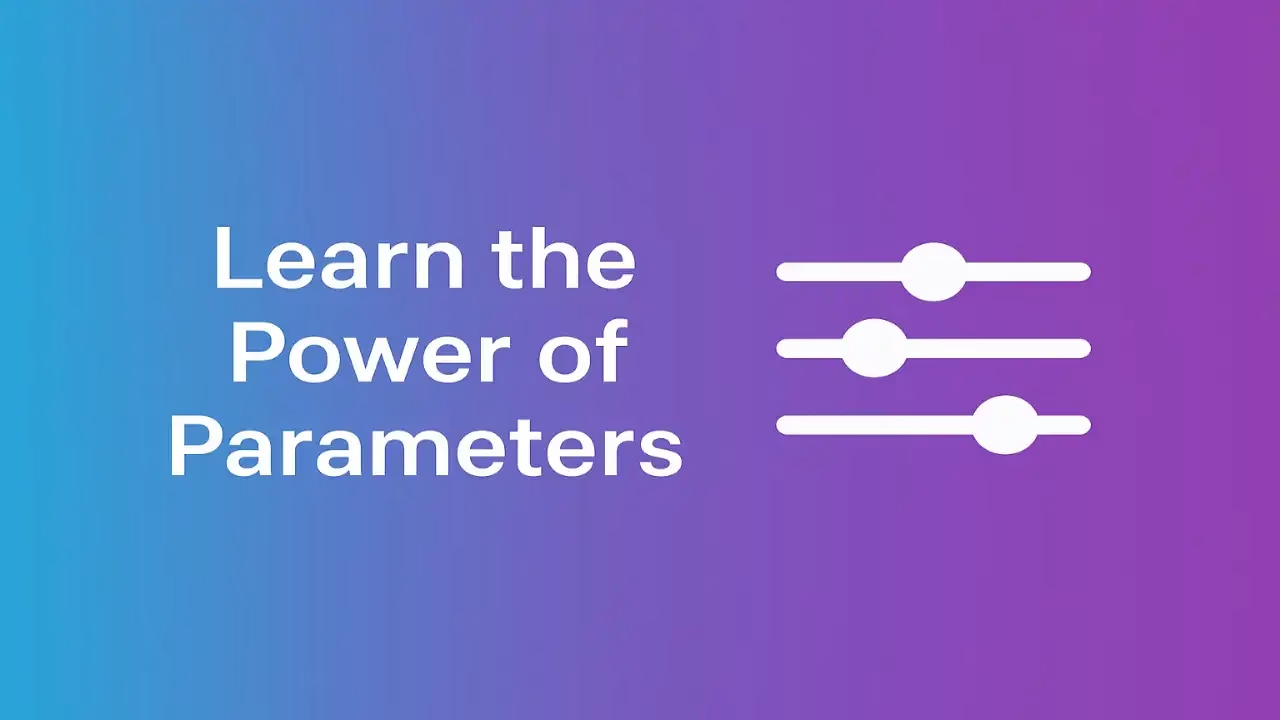
If prompts are your words, parameters are your punctuation. They control technical aspects like size, ratio, version, and chaos level.
Some of the most useful MidJourney prompt parameters include:
--ar(aspect ratio): Adjusts image shape, e.g.--ar 9:16for mobile portraits.--v(version): Chooses the model version, such as--v 6for the latest.--s(stylize): Adds artistic flair; try values like--s 500or--s 1000.--c(chaos): Increases randomness for more experimental results.
Using these MidJourney prompt parameters effectively allows you to fine-tune every creation. For a detailed breakdown, visit MidJourney’s official documentation.
5. Study Real Prompt Examples
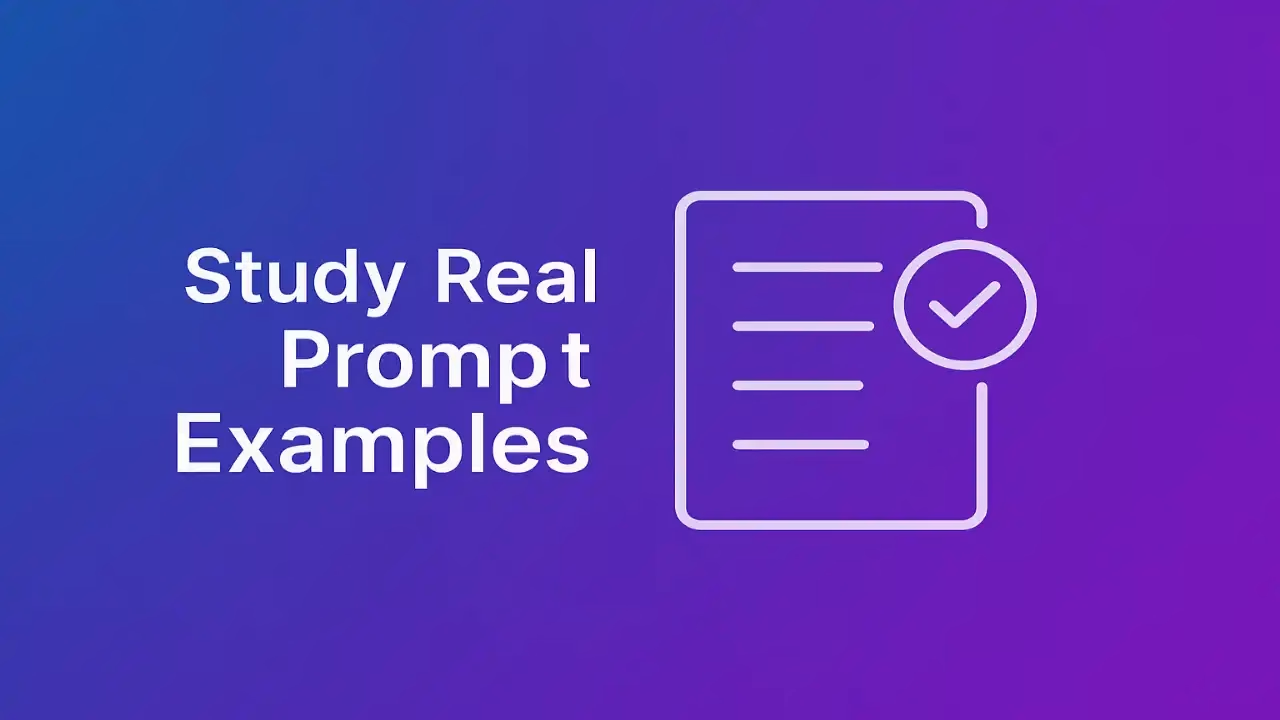
To grow quickly, study and replicate proven prompts. A reliable MidJourney Prompt Guide always includes examples that teach structure and creativity.
Here are some practical MidJourney prompt examples you can test today:
- “Astronaut standing in a desert made of glass, cinematic composition, soft orange sunset lighting, –ar 21:9.”
- “Portrait of an elderly samurai, hyper-realistic detail, shallow depth of field, –v 6.”
- “Medieval castle floating in the sky, watercolor style, pastel color palette, –s 700.”
- “Dark forest illuminated by glowing mushrooms, fantasy style, –ar 16:9.”
Experiment with each and note how changing one word or one parameter can completely alter the output. This practice develops your intuition for how to write MidJourney prompts that stand out.
6. Use Visual and Artistic Language
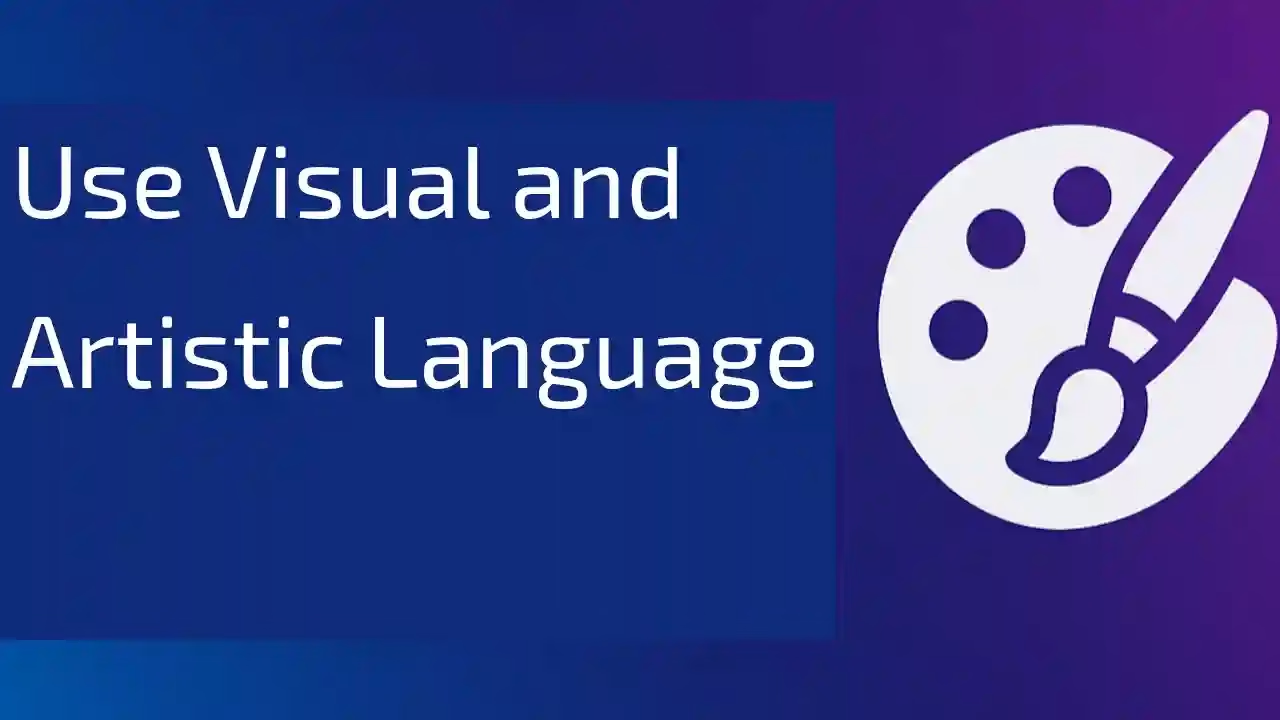
A key element of effective MidJourney prompt techniques is using vivid, visual language — the same kind photographers and artists use.
Instead of “nice lighting,” say “soft diffused lighting.” Instead of “pretty color,” say “muted earth tones.”
This shift from vague to visual turns your descriptions into creative blueprints.
Examples of best words for MidJourney prompts include:
- Lighting: cinematic, neon, volumetric, backlit, rim-lighted
- Styles: watercolor, surrealist, film noir, minimalistic
- Composition: wide-angle, aerial view, macro shot, symmetrical framing
These are the best words for MidJourney prompts because they evoke artistic context, not just appearance. For more visual inspiration, check out Adobe’s Creative Blog.
7. Practice Weighting and Structure
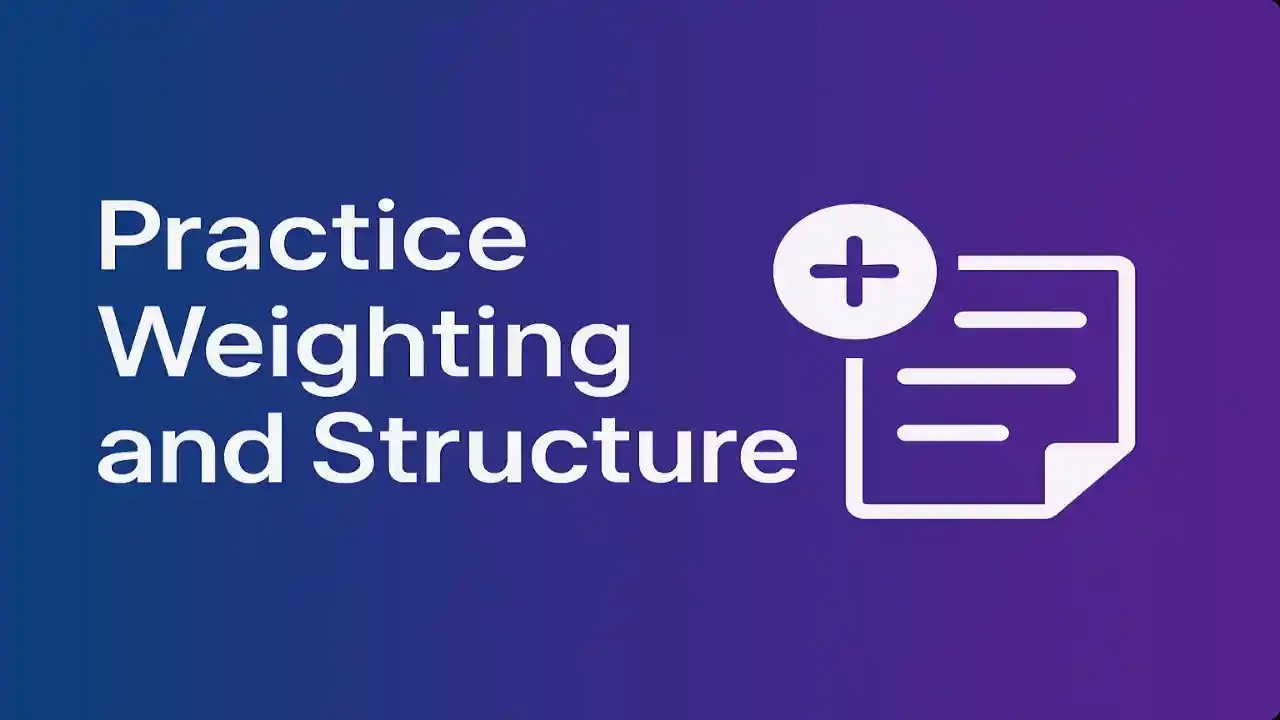
MidJourney allows you to give certain parts of your prompt more importance using colons (::).
For instance:
“portrait::2 background::0.5”
Here, the face becomes the focus, while the background becomes secondary.
This weighting technique is part of advanced effective MidJourney prompt techniques, and it’s invaluable for refining control.
When combined with MidJourney prompt parameters like --stylize, it lets you achieve truly cinematic outcomes with subtle precision.
8. Iterate and Refine Constantly
Even professionals rarely get the perfect result on the first try.
Every expert MidJourney Prompt Guide emphasizes iteration:
Generate, evaluate, tweak, and repeat.
Try these refinement methods:
- Replace generic adjectives with visual ones.
- Test different MidJourney prompt parameters like chaos and aspect ratio.
- Save your best MidJourney prompt examples for later use.
Consistency and experimentation are how you evolve from casual user to true AI artist.
9. Avoid Common Prompting Mistakes
Even the best writers fall into common traps that limit output quality.
Here are mistakes to avoid, as recommended by several MidJourney Prompt Guide communities:
- Writing contradictory prompts like “realistic watercolor.”
- Ignoring lighting and mood entirely.
- Overstuffing descriptions without hierarchy.
- Forgetting to define ratio (
--ar). - Using unclear or slang terms that the AI can’t interpret.
Avoiding these will make your effective MidJourney prompt techniques far more consistent.
10. Bonus: Creative Prompt Cheat Sheet
Below is a quick-reference table inspired by professional prompt engineers, showing the best words for MidJourney prompts in different artistic categories:
| Category | Example Words |
|---|---|
| Lighting | cinematic, volumetric, glowing, natural light, chiaroscuro |
| Style | 3D render, oil painting, pencil sketch, retro futurism |
| Mood | ethereal, mysterious, dark fantasy, vibrant |
| Camera | macro, bokeh, long exposure, aerial |
| Composition | centered, minimalist, dramatic, isometric |
This vocabulary is the secret sauce of every advanced MidJourney Prompt Guide — it bridges imagination with technical control.
11. Recommended External Resources
To deepen your mastery, explore these trusted references that align with the philosophy of this MidJourney Prompt Guide:
- MidJourney Documentation — official explanations of parameters and features.
- HubSpot AI Marketing Blog — insights on AI creativity and keyword strategy.
- Adobe Blog — expert guidance on visual language and design inspiration.
Each link provides practical context to improve how to write MidJourney prompts and expand your artistic vocabulary.
12. Conclusion
Becoming an AI artist isn’t about luck — it’s about precision, curiosity, and persistence.
When you master the language of prompts, MidJourney becomes more than a tool; it becomes your creative partner.
Use this MidJourney Prompt Guide as your foundation.
Apply effective MidJourney prompt techniques, experiment with MidJourney prompt parameters, and keep a notebook of your favorite MidJourney prompt examples.
The more you practice how to write MidJourney prompts, the more natural it becomes to express visual ideas through words. And as you refine your skills, you’ll find that the best words for MidJourney prompts aren’t just commands — they’re the keys that unlock your imagination.
Start experimenting today. Every prompt you write is a step toward mastering your own digital artistry.
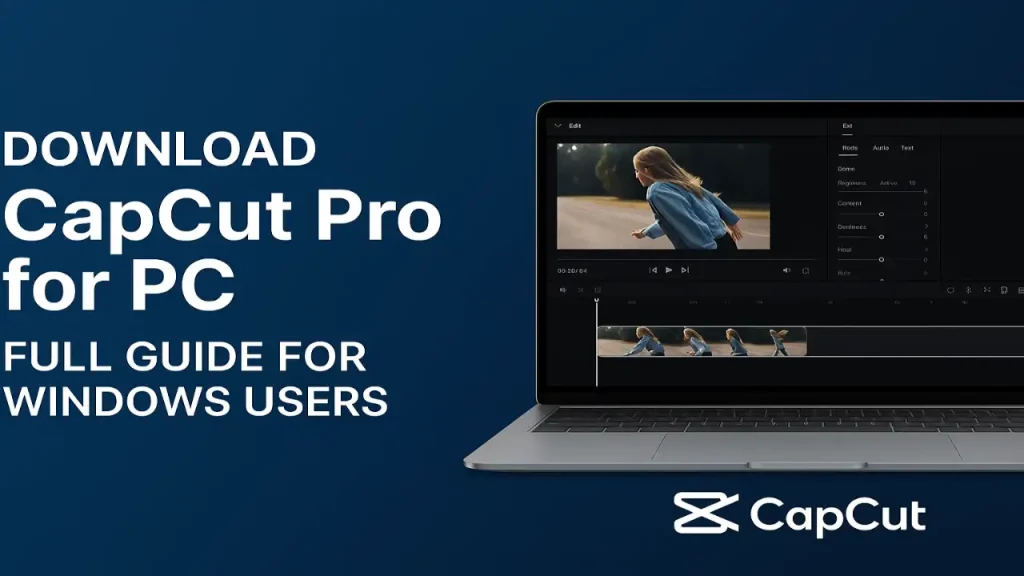
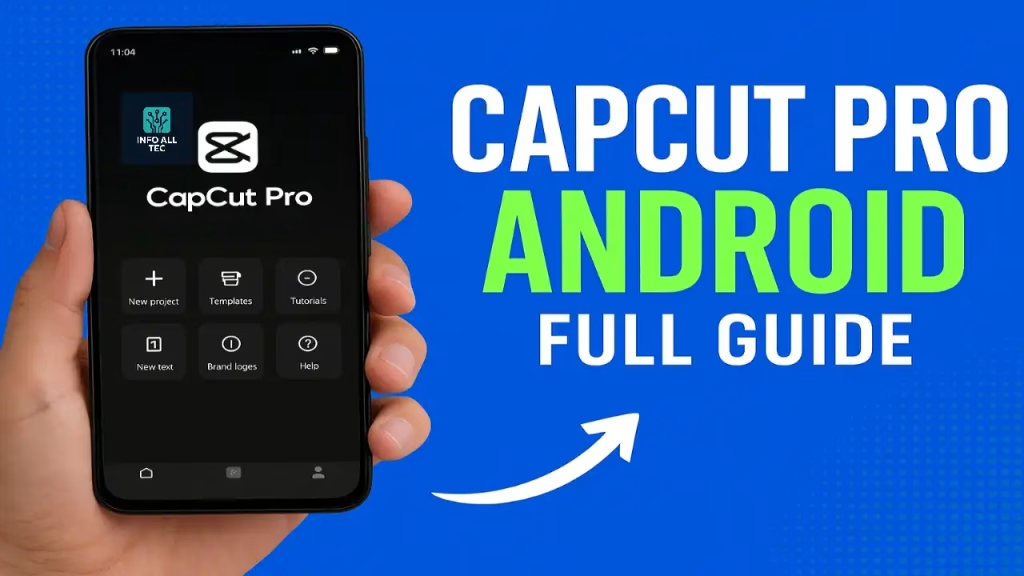

Wow, this MidJourney Prompt Guide is super helpful! I always struggled with getting the AI to understand what I wanted. These tips, especially about being specific, are game-changers. Time to create some truly artistic stuff!